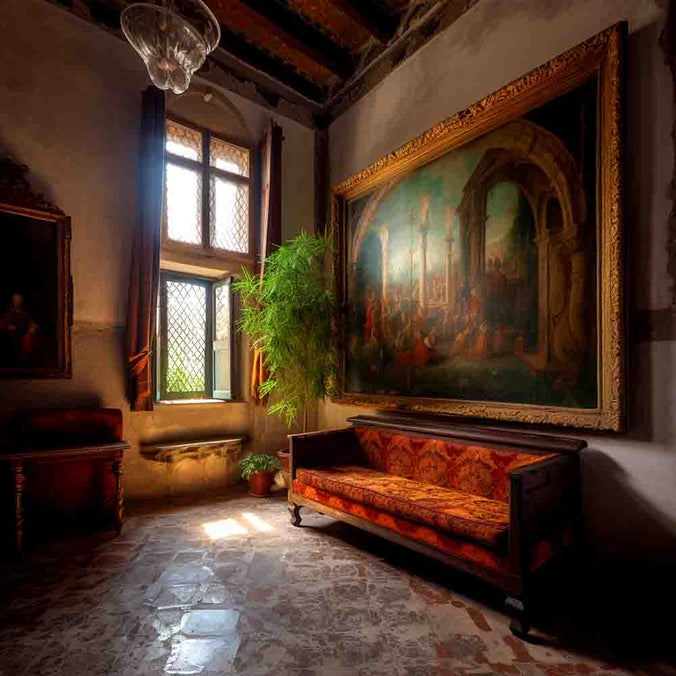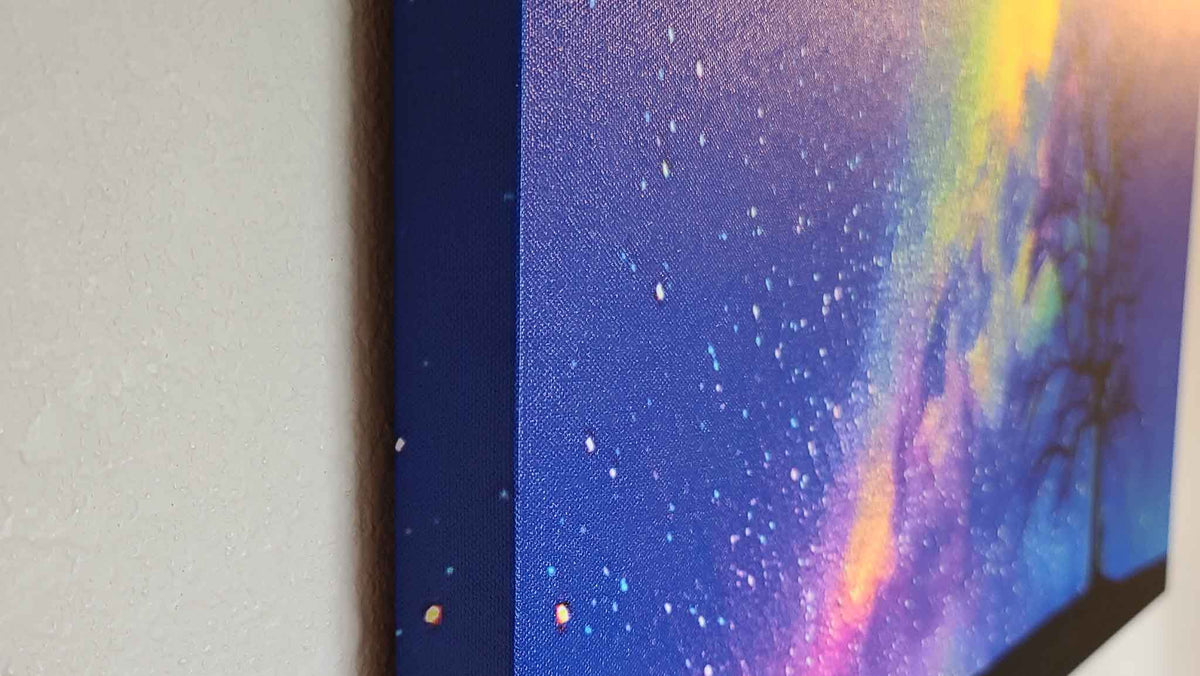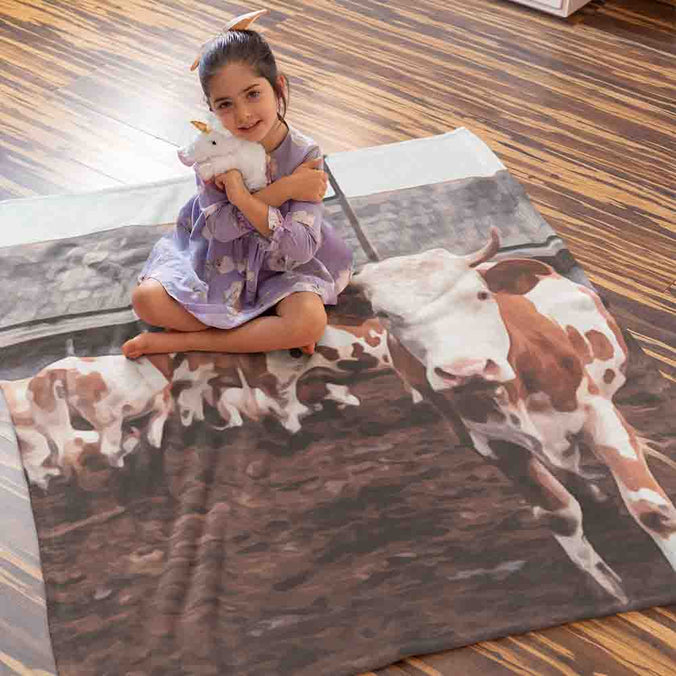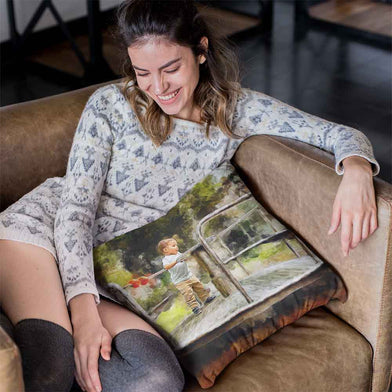Mastering Digital Art

Mastering Digital Art
Digital art is a versatile and accessible medium that has become increasingly popular in today's digital landscape. Mastering line art, coloring, and layers is essential for creating striking digital illustrations. Online tutorials, drawing exercises, and choosing the right software, such as Adobe Photoshop or Procreate, can help refine your skills. Additionally, participating in digital art competitions and challenges, networking in online communities, and exploring various styles and techniques can elevate your digital art journey. By consistently practicing and connecting with fellow artists, you can unlock your full creative potential in the world of digital art.
The Popularity of Digital Line Art
Line art has a rich history in the world of art and design, with renowned artists like Pablo Picasso and Leonardo da Vinci having created influential works using this technique. Line art drawings often serve as studies and precursors to more detailed paintings. The Picasso Museum in Barcelona, for instance, houses some of the artist's initial sketches that provide intriguing glimpses into his creative process.
Today, line art is a popular technique for creating striking digital illustrations. Its simplicity allows for effective communication in website and advertisement design, where users often skim through content quickly. Line art can be two-dimensional or three-dimensional, expressive or abstract, and can vary in line weight and style.
Here are some tips for creating line art:
- Match your brush size to your drawing area
- Use a pen tablet suitable for your desired stroke length
- Experiment with different line weights and styles
Coloring Techniques for Digital Art
Coloring is a fundamental digital art skill that brings images to life. Many digital art platforms offer sophisticated features to create stunning, vibrant artwork. When starting, focus on basic shapes and gradually progress to more complex forms and 3D objects. Practice perspective, shading, and color theory, and take advantage of online tutorials to learn new techniques.
In digital art, you have access to a virtually limitless color palette. This allows you to experiment with various color combinations using brushes and fill tools. Familiarize yourself with color theory and terminology, and use the color wheel as a guide to creating harmonious color schemes.
Harnessing the Power of Layers in Digital Art
Layers are an essential aspect of digital art creation. They allow you to separate elements, add depth, and easily manipulate specific parts of your artwork. Most digital art programs offer layer functionality. To edit a specific layer, highlight it before making changes.
Opacity and blend modes are useful tools for creating various effects in your artwork. Adjusting opacity can change the intensity of colors and hide or reveal parts of a layer. Blend modes can combine layers in different ways, but use them with intention and understanding.
Improving Your Skills with Drawing Exercises
For beginners, simple drawing exercises can help develop foundational skills. Dedicate at least five minutes each day to practice drawing. Use a sketchbook to draw various types of lines and shapes, and work with reference images to improve accuracy and observation skills.
Another useful exercise is value studies. This technique helps you understand how values work and it informs your color choices. Practice blending with different colors to enhance your skills.
Choosing the Right Digital Art Software
Selecting the right digital art software depends on your device compatibility, required tools, budget, and personal preferences. Popular programs include Adobe Photoshop, Adobe Illustrator, and Adobe InDesign. For more budget-friendly options, consider free alternatives like Krita or Procreate.
Adobe Photoshop is a versatile program favored by many digital artists. It offers advanced features like vectors, perspective grids, and animations. Procreate, on the other hand, is known for its simple interface and customizability. Krita is a free, open-source software with a clean, modern interface available for Mac, Linux, and Windows.
Elevate Your Artwork with Custom Art Products
Enhance your digital creations by transforming them into unique, high-quality products from various online platforms. These services offer a range of customizable products, including canvas prints, framed art, phone cases, apparel, and home décor items. By showcasing your art on various products, you can not only enjoy your creations in a tangible form but also potentially generate income by selling your designs.
Joining Online Communities for Networking and Learning
As a digital artist, you can benefit greatly from connecting with like-minded individuals in online communities. These communities offer valuable resources, including tutorials, constructive feedback, and opportunities for collaboration. Popular platforms include DeviantArt, Behance, ArtStation, and various social media groups dedicated to digital art.
By participating in online art communities, you can learn from other artists, share your work, and stay motivated by witnessing the progress of your peers. These platforms also provide a space for artists to showcase their portfolios, which can lead to job opportunities and freelance projects.
Participating in Digital Art Competitions and Challenges
Taking part in digital art competitions and challenges is an excellent way to test your skills, gain exposure, and potentially win prizes. Many online platforms and organizations host regular contests that cater to different themes, skill levels, and styles. Challenges like Inktober and Draw This in Your Style (DTIYS) encourage artists to create art daily or weekly, helping to build consistency and improve skills over time.
Exploring Different Styles and Techniques
The world of digital art offers endless possibilities for exploration and experimentation. As you develop your skills, don't be afraid to try new styles, techniques, and mediums. This can help you find your unique artistic voice and expand your creative horizons.
Consider exploring various artistic styles such as realism, abstraction, pixel art, or even animation. Experiment with different brushes, textures, and layering techniques to discover the methods that best suit your creative vision.
Digital art is a versatile and accessible form of expression that continues to gain popularity in today's digital landscape. By mastering the basics of line art, coloring, and layers, engaging in regular practice, and exploring various software options, you can unlock your full creative potential. Remember to connect with fellow artists, participate in challenges, and experiment with different styles to elevate your digital art journey.
Leave A Reply
Your email address will not be published. Required fields are marked *






